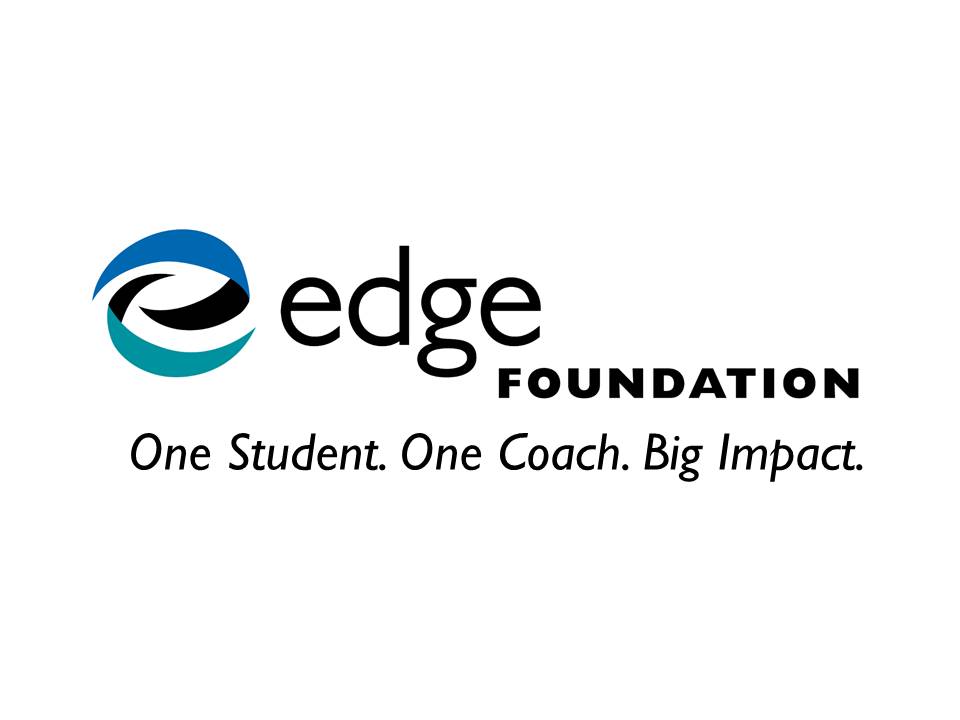
Individuals with ADHD often have to content with anxiety, emotional dysregulation and difficulty sleeping. These, in turn, can all exacerbate ADHD symptoms and affect executive function.
Expert typically recommend a variety of steps to help reduce stress – e.g., medication, exercise, nutrition and meditation. These have all been shown to work to reduce stress levels. However, these techniques require habit formation and take time to show results. And something like meditation may prove difficult to work into a busy schedule or stick with when there are distractions present.
Take a Deep Breath
Research has shown that one of the simplest and most effective tools available to change our mental state and reduce stress is to change our breathing.
Deep breathing is one of the best ways to lower stress in the body because when you breathe deeply, it sends a message to your brain to calm down and relax. The brain then sends this message to your body. The physiologic markers of stress, such as increased heart rate, fast breathing, and high blood pressure, all decrease as you breathe deeply to relax.
This type of breathwork puts the focus completely on your body. Your attention is set on the length of your inhales and exhales, the way your rib cage moves, and how your body feels. When done correctly, this activates your parasympathetic system, which helps restore balance to your nervous system.
Basically, breathwork helps lower the level of stress hormones circulating in your body and gets you get out of “flight or fight” mode and into “rest and safety” mode.
Breathing Basics
There are several important aspects of breathing to keep in mind in order to get the greatest benefit from breathwork.
First is to breathe through your nose. The nose has been designed by evolution to warm and moisten the air coming into the body so that the lungs can extract the maximum amount of oxygen from it. Mouth breathing blocks this function with detrimental effects on health over time. This can take a little practice particularly for those with structural nasal defects.
The second important element is to practice slowing down your breathing. This means taking longer inhales, pausing, and then exhaling with the exhale being somewhat longer than the inhale.
The third element of a relaxed breathing pattern is breathing from the diaphragm. (Sometimes this is referred to as “belly breathing.”) When doing this, you should feel the entire lower rib cage moving as you breathe.
These simple steps can be done at anytime, anywhere and by anyone. In this respect, it can fit in to even the most hectic daily schedule. The breathing pattern these steps set in motion can help you reduce stress quickly and move your mental state in a positive direction.
Breathing Techniques
The references below contain numerous more advanced techniques available to help you take the art of breathing further. Some help you become more aware of your breathing patters so you can alter them when needed. Others focus on breathing tips to get better sleep.
Breathing is one of our most primitive physiologic functions. Yet it holds the key to reducing stress, feeling better and getting a more restorative sleep. And that key is completely in our hands.
References
- https://www.webmd.com/sleep-disorders/breathing-techniques-sleep
- https://www.healthline.com/health/healthy-sleep/how-breathwork-helps-sleep#how-to-do-it
- https://www.mrjamesnestor.com/faq
- https://www.uofmhealth.org/health-library/uz2255
- https://hbr.org/2020/09/research-why-breathing-is-so-effective-at-reducing-stress


